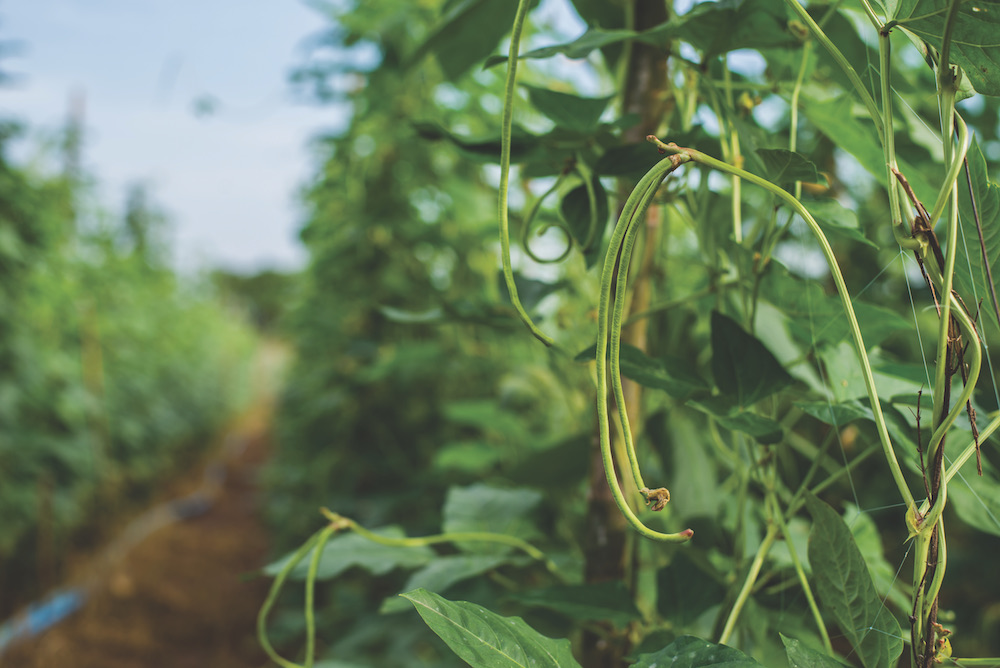
Staying Ahead of the Latest Vegetable Trends
As children most of us were told to eat our vegetables, but when it comes to buying vegetable seedlings for our own vegetable gardens, unless one researched the latest and greatest on blogs and in seed catalogs, most consumers are left with very little choice.
Leaving things like what variety to grow not up to the garden center or nursery, but up to a middleman, usually a plug or liner grower, has been the model that has worked for decades, but opportunities exist for those garden centers willing to amp up their selections.
Consumers are getting more savvy about the food they buy and what they cook.
Think about it — there are documentaries on Netflix entirely about the rise of heirloom vegetables and the health benefits of plant-based diets. We use labels to describe ourselves as “foodies” or “home chefs,” and we find anything “artisanal” and “organic” much more appealing than conventional produce. Some tomato varieties have practically become brand names like Brandywine or ‘Sungold’.
Garden centers, while still dependent on agents and buyers to choose varieties for them, still benefit in getting the hottest plant to the local market first as the supply chain is set up to deliver the latest introduction that home growers might be reading about such as a mildew-resistant basil or a branded ever-blooming rose.
The Need for New
No garden center wants to be caught off guard and won’t benefit from appearing out-of-touch, but there is one more way to stay ahead of the local competition, and that is to still grow your own seedlings of desirable vegetable crops, which are often impractical for traditional channels to produce in great numbers.
Savvy home gardeners are more in touch than we might imagine, as most follow social media trends and are often ahead of many mainstream trends.
Plant breeders with long-tail breeding programs and large seed manufacturers are often taken by surprise when they discover that suddenly there is an interest in something such as a “ghost pepper.” But if the mass market food manufacturers are suddenly marketing ‘Carolina Reaper’ potato chip, and you are still carrying the same generic chili pepper selections that your dad was selling in 1972 (i.e., with tags that simply say “Jalapeño” or “Pimento,” well, you get the picture) maybe it’s time for a makeover.
Vegetable seedlings today are a bit like fashion. One needs to carry the classics, but the real benefits may come from being first-to-market with the next hottest thing.
And that doesn’t have to be a mouth-soldering chili pepper; it may be as simple as a brand-new purple Napa cabbage (like ‘Red Dragon’) or a reintroducing of a Chinese classic like stem lettuce, once known as celtuce, or the current social media darlings “cucamelon” or “mouse melons.” If you haven’t heard of them yet, you will.
Communicate the Excitement
It may take a bit of work or creativity to communicate to some customers, but that may be as simple as training staff to build excitement, or by taking a lesson from the hippest supermarkets and offering free samples.
Good, informative signage designed by a local graphic designer can also teach a curious buyer about something new that they never tried before or feature new vegetables that may seem different from conventional ones on a special endcap or end-of-aisle display. Merchandising is everything.
When you think about it, merchandising ideas like “new’” is everywhere today when it comes to food, and this alone can differentiate your offerings from local competition.
If greenhouse space is at a premium, starting quick crops which germinate fast but can still be beneficial to curious home gardeners can be started just a couple of weeks before selling. These include cell packs of legumes (individually sown of course), of heirloom lima beans, cowpeas, Asian noodle (yard-long) beans or fava beans.
Knowing what your customers really want can often be sneak-peeked by what local CSAs, farmers markets or even high-end supermarkets are offering.
It’s always a challenge to carry something for everyone, while the old and classic selections are important to carry (think: Big Boy tomatoes and Red Acre cabbage).
Like any supermarket or farm stand, adding a few new selections found nowhere else — even if they sell poorly the first year — sends a message to customers that you are different, and perhaps ahead of a trend.
Believe me, markets are not making millions off of carrying exotic pink dragon fruit or fresh truffles, but they are attracting a different customer that is shopping throughout the store.
In many ways, you are planting seeds of messaging more than selling a particular plant. The actual cost of ROI (Risk Of Ignoring) far outweighs being conventional in a community where a customer can now buy kale plants as they walk into a supermarket.
SIDEBAR
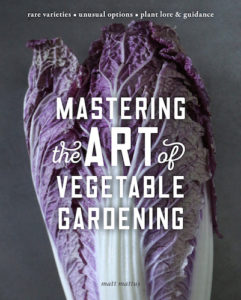
Matt Mattus is the author of “Mastering the Art of Vegetable Gardening,” a “201” level course in cultivating produce.
Prepare to encounter new varieties of common plant species, learn their history and benefits, and, most of all, identify fascinating new edibles to grow in the garden. The book offers a wealth of new and exciting opportunities, alongside beautiful photography, lore, insight and humor that can only come from someone who has grown each vegetable himself and truly loves gardening.
There’s over 200 varieties of vegetables and herbs from the 50 most popular plant groups, and the book has been thoughtfully curated to tell you how, where and why to grow each vegetable. Take artichokes, for example: there’s nearly a dozen varieties of seed options that are suitable for home growing in just about any climate with separate and unique benefits and characteristics.
In “Mastering the Art of Vegetable Gardening,” you will find 10 types of artichoke described in loving detail—along with helpful tips on where and how to acquire seeds for each. Other popular and fascinating vegetables include: Asian greens, cowpeas, carrots and parsnips, potatoes, parsley, the tomato, and more—plus, you’ll find over two dozen varieties discussed.
“Mastering the Art of Vegetable Gardening” is published by Cool Spring Press.

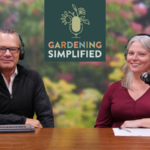


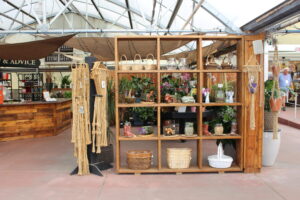


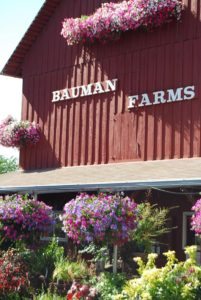
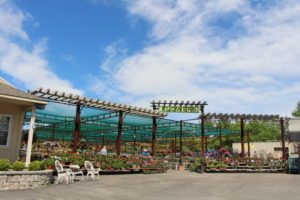


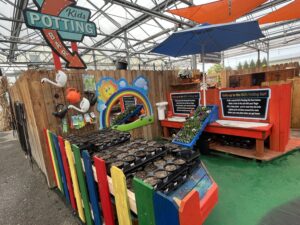

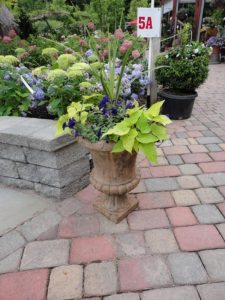
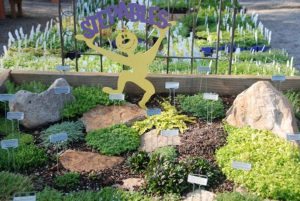
 Videos
Videos





